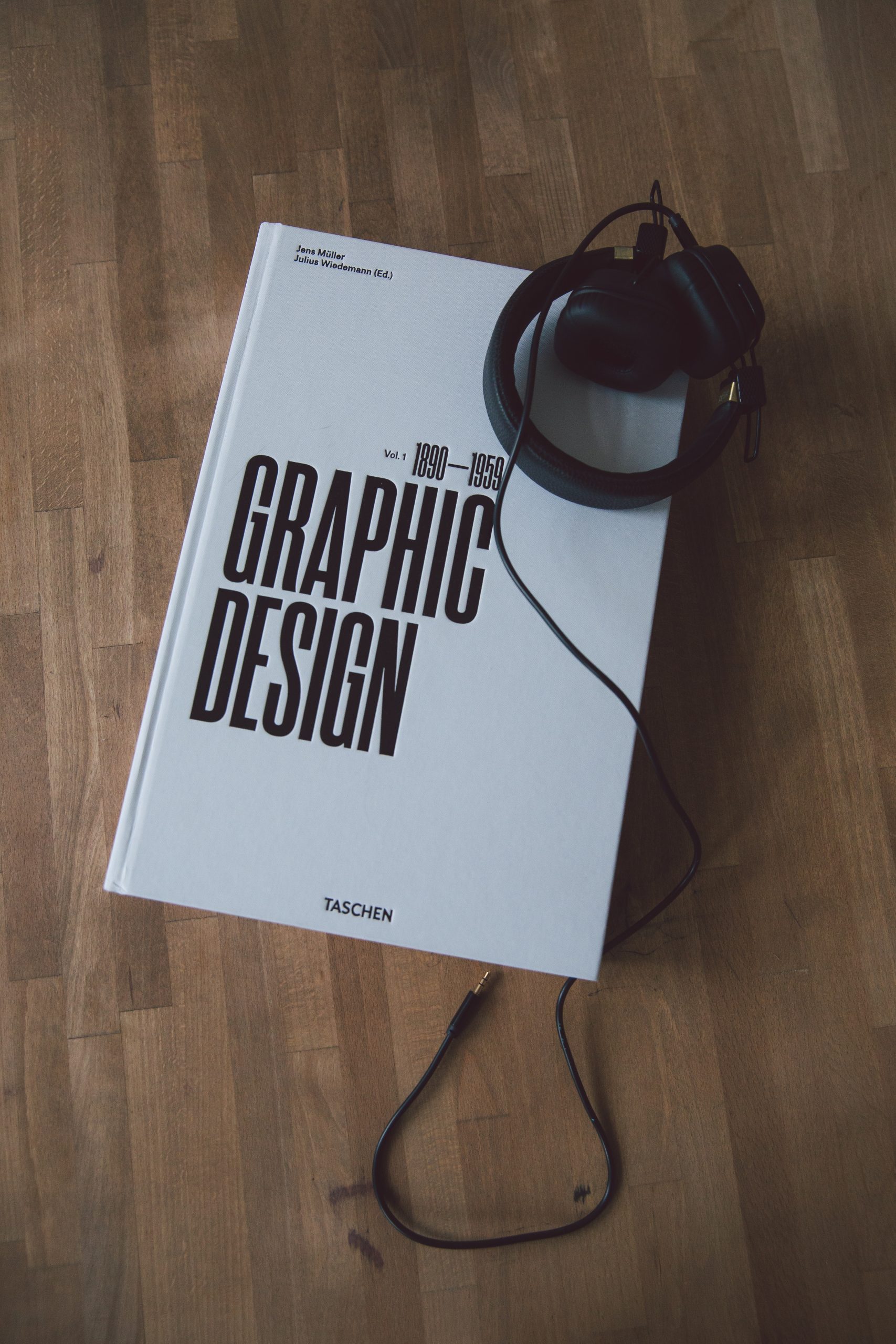Have you ever wondered how graphic designers create those jaw-dropping visuals that seem to jump off the page? Well, it turns out that behind every eye-catching design lies a foundation of mathematical principles. Yes, you read that right – mathematics and graphic design are more intertwined than you might think. From calculating proportions and symmetry to understanding the psychology of color, graphic designers rely on various mathematical concepts to bring their creative visions to life. So, if you’re passionate about both art and numbers, this article will peel back the layers and reveal the kind of math needed for a successful career in graphic design.
The Importance of Math in Graphic Design
Mathematics may not be the first thing that comes to mind when you think about graphic design, but its influence is far more significant than you might realize. From creating pixel-perfect designs to understanding color theory, math plays a crucial role in every aspect of graphic design.
One area where math is particularly important in graphic design is proportions and ratios. Understanding how different elements relate to each other in terms of size and position can greatly enhance the overall composition of a design. This includes everything from determining the ideal width and height for a logo, to spacing out elements evenly on a webpage or print layout.
Additionally, math also plays a key role in accurately representing three-dimensional objects in two-dimensional spaces. Whether it’s creating realistic shadows or projecting objects onto different surfaces, having an understanding of geometrical concepts such as perspective and foreshortening is essential for bringing depth and realism to graphic designs.
In conclusion, while many may view graphic design as purely creative work, mathematics underpins much of its execution. From proportion and ratio calculations that improve composition to understanding spatial relationships through geometry principles like perspective drawing — mathematical knowledge enables designers to create eye-catching visuals that are aesthetically pleasing while maintaining visual harmony with precision accuracy. So if you want your designs to stand out from the crowd, don’t overlook the importance of math!

Geometry: The Foundation of Design
Geometry is the backbone of design, providing structure and order. It allows designers to create visually pleasing compositions that are balanced and harmonious. From basic shapes to complex forms, geometry influences every aspect of design, from layout to typography. By understanding geometric principles such as proportion, symmetry, and scale, designers can establish a strong foundation for their work.
Incorporating geometry into graphic design not only creates aesthetically pleasing visuals but also enhances the message being communicated. The strategic use of shapes and angles can convey different emotions or concepts. For example, triangular forms may evoke a sense of power or movement, while circular shapes create a feeling of harmony or unity. By merging mathematics with creative expression, designers have the ability to shape how we perceive and interact with visual information.
Moreover, geometry serves as a universal language in design that transcends cultural boundaries. Whether someone is viewing a design on the other side of the world or just around the corner from where it was created, they will instinctively understand its underlying geometric structure. This universality establishes a powerful connection between designer and audience, allowing for effective communication without reliance on words alone.
Proportions and Ratios in Layouts
Proportions and ratios play a crucial role in creating visually appealing layouts in graphic design. Understanding how elements relate to one another in terms of size, scale, and placement is essential for achieving balance and harmony in a design composition. By using mathematical concepts like the Golden Ratio or Rule of Thirds, designers are able to create layouts that are aesthetically pleasing and easy on the eye.
The Golden Ratio is a mathematical concept that has been used in art and design for centuries. It is based on the principle that certain proportions are inherently more pleasing to the human eye. This ratio, approximately 1:1.618, can be found in nature as well as man-made creations, reflecting an inherent sense of harmony. By applying this ratio to layout designs, designers can create a sense of order and balance that is visually pleasing and engaging.
Another mathematical principle commonly used in graphic design layouts is the Rule of Thirds. This concept divides an image or layout into nine equal parts using two equally spaced horizontal lines and two equally spaced vertical lines. The intersections of these lines act as focal points for important elements within the layout, providing structure and visual interest. By considering these proportional divisions when arranging images or text blocks within a composition, designers can create dynamics that draw viewers’ attention while maintaining overall balance.

Color Theory: Understanding the Math Behind Colors
Color theory is an essential aspect of graphic design, and understanding the math behind colors can greatly enhance a designer’s work. One fundamental concept in color theory is the color wheel, which represents the relationships between different hues. The color wheel is based on the mathematical principle of complementary colors – colors that are opposite each other on the wheel. By using complementary colors in design, designers can create visual harmony and contrast that appeals to the viewer’s eye.
Another important math-related concept in color theory is RGB (Red, Green, Blue) values. In digital design, colors are created by combining red, green, and blue light at varying intensities. Each primary color has a value ranging from 0 to 255, indicating its intensity level. By mixing these values in different proportions, designers can generate a vast range of hues and shades. Understanding how RGB values work allows designers to precisely control color output for digital displays such as computer screens or mobile devices.
Additionally, mathematics plays a crucial role in understanding color spaces and gamuts. Color spaces refer to specific models used for representing colors digitally or in print media. For example, RGB and CMYK (Cyan Magenta Yellow Black) are commonly used color spaces in digital and print design respectively. Mathematical equations help determine how different numerical representations transform into visible colors.
Typography: Calculating Spacing and Alignment
One key aspect of typography that often goes overlooked is spacing and alignment. While choosing the right font, size, and style is important, properly spacing and aligning the text can greatly enhance the overall look and readability. The calculation of spacing involves determining the appropriate amount of space to leave between letters, words, and lines. This can be done using various mathematical formulas such as letter-spacing or line-height ratios.
Alignment plays an equally crucial role in typography. It refers to how text is positioned on a page or within a layout. Aligning text correctly helps create an organized and visually appealing design. There are four main types of alignment: left-align (also known as flush-left), right-align (flush-right), centered, and justified alignment. Each type has its own mathematical principles for calculating precise positioning to ensure uniformity throughout the design.
Understanding how to calculate spacing and alignment in typography requires both creative thinking and mathematical precision. By carefully considering these elements in your designs, you can significantly elevate your typographic compositions to a higher level of professionalism and aesthetic appeal. So next time you’re working on a graphic design project that involves typography, don’t forget about these critical calculations—they just might make all the difference in creating something truly captivating!

Data Visualization: Using Math to Present Information
Data visualization is an art form that combines mathematics and design to present complex information in a visually appealing way. It involves using various mathematical techniques, such as statistics and geometry, to transform raw data into meaningful visuals. From charts and graphs to maps and diagrams, data visualization allows us to interpret large amounts of information quickly and efficiently.
One key math concept used in data visualization is scaling. This involves determining the appropriate range for each axis of a graph or chart to ensure that the data is accurately represented. By applying mathematical formulas, such as logarithmic scaling or exponential scaling, we can effectively display a wide range of values on a single plot.
Another important aspect of data visualization is color coding. Color theory plays a crucial role in conveying information through visuals. Understanding concepts like hue, saturation, and value allows designers to choose colors that not only look visually pleasing but also help differentiate between different data points or categories.
In conclusion, mathematics forms the backbone of effective data visualization by enabling us to make sense of complex datasets through visual representations. By employing concepts like scaling and color theory, designers can create aesthetically pleasing graphics that communicate information concisely and engagingly. So next time you encounter a beautifully designed chart or infographic, remember the role math played in bringing it to life!
Conclusion: The Intersection of Math and Design
In conclusion, it is clear that the intersection of math and design goes far beyond basic geometry and measurement. While these elements are fundamental to creating visually pleasing designs, there are deeper mathematical concepts that can enhance the overall impact. For instance, the Fibonacci sequence, a mathematical sequence with each number being the sum of the two preceding ones, can be seen in nature and can also be applied to graphic design. Utilizing this sequence can create aesthetically pleasing proportions and harmony in design layouts.
Moreover, understanding color theory from a mathematical perspective is essential for graphic designers. Colors are not just chosen at random; they have specific wavelengths that can be measured using math formulas. Different color combinations evoke different emotions and convey different messages. By leveraging their knowledge of color theory, designers can effectively communicate to their audience through their choice of colors.
Incorporating math into graphic design opens up endless opportunities for innovation and creativity. It allows designers to create solutions that are visually compelling as well as functional. So next time you embark on a design project, don’t underestimate the power of math – it might just be your secret ingredient for success!
